Last Updated on 4 November 2022 by Alisea Mae
Many of us love the idea of being able to stock our fridges and cupboards with nothing but high quality local produce. But, this simply isn’t that easy when we have tight budgets competing with increasing food prices and competitive markets. That is why I want to talk to you today about how to shop for organic food on a budget. As you will know if you’ve read my piece on the health benefits of switching to organic, it really can pay off. So, let me show you how.
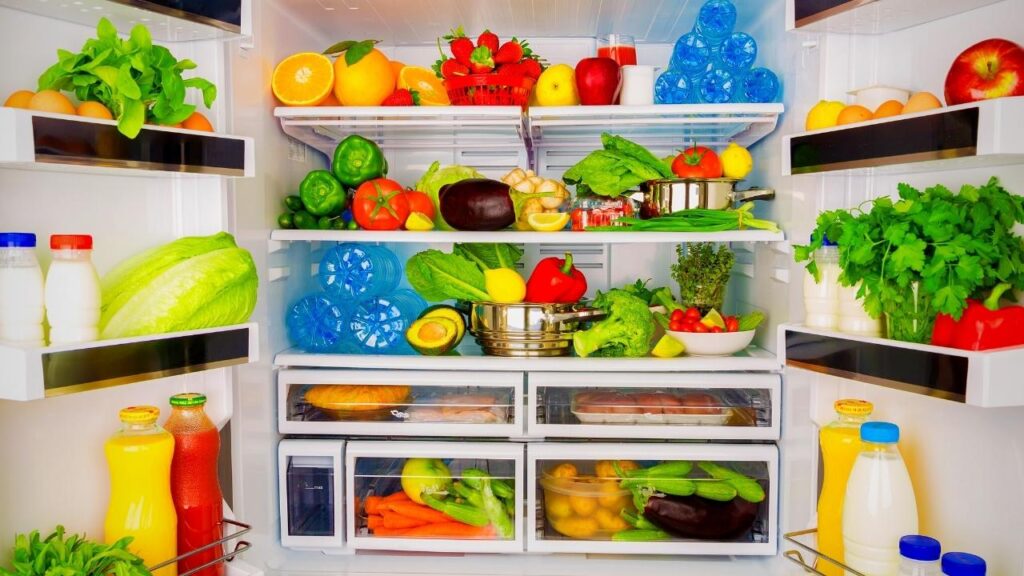
Going organic tips
My own journey with organic food has been a long and fascinating one. I want to point out that this isn’t something to jump into head first without good planning and budgeting. I’m glad that I started small and took my time to learn about different options, and I encourage you to take the same approach. You don’t want to get in over your head struggling with concepts and costs when small changes here and there can add up. For example, I worked on substituting items when the time came for a change, rather than going for a massive overhaul.

I also recommend reading up on brands and what you really get with organic food to stay informed. I try and read up on different options as best I can to find the best solutions. This can lead to some interesting discoveries along the way, such as the food schemes I will talk about below. This is also how I learned about the process of bleaching teabags. It hadn’t occurred to me that companies would add chemicals to tea in this way, but now I know that companies like Clipper exist that actively go against this pointless practice.
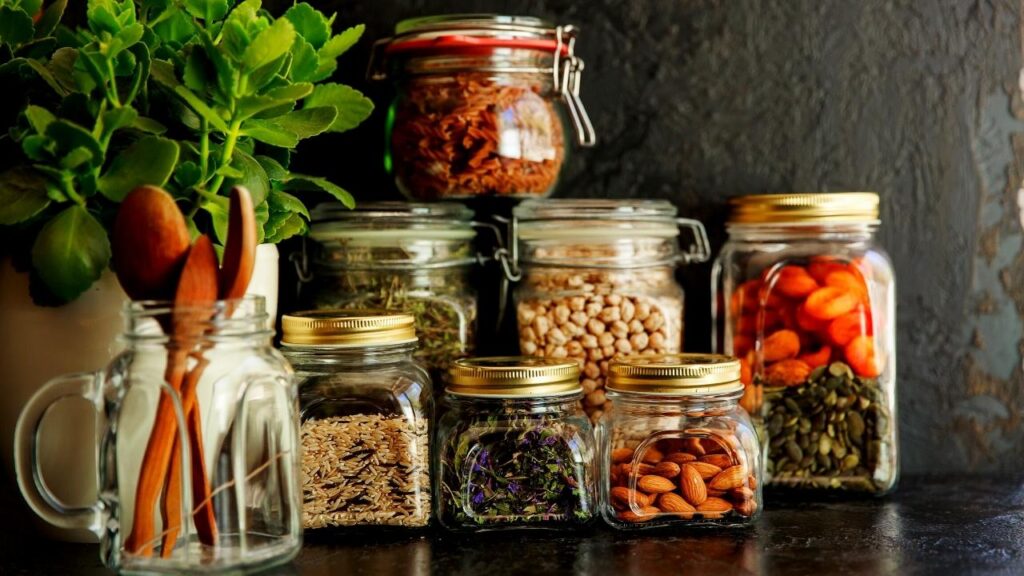
Another point I would like to emphasise here is that it is OK to eat products that aren’t organic while searching for organic options. As I say, you can’t click your fingers and make all the perfect changes overnight. Sometimes it just isn’t possible or practical to source organic fruit and veg. But, if you really want to be healthier and enjoy a varied diet, you can still benefit from the non-organic versions. Besides, there are ways to look for cleaner versions of food and wash your veg, as I will discuss later.
Where does our food come from?
Another factor that became clear while researching food origins and options is that there is still a disconnect between consumers and the source of their food. When you still have kids asking “what’s the difference between chicken the food and chicken the bird”, there’s a problem. Some people are indeed more inclined to look into the source of their fruit and veg or buy meat from local producers. But, there is still a long way to go. I recommend checking out the Countryside Classrom website, which has an interesting book written by a Dorset farmer on the subject.
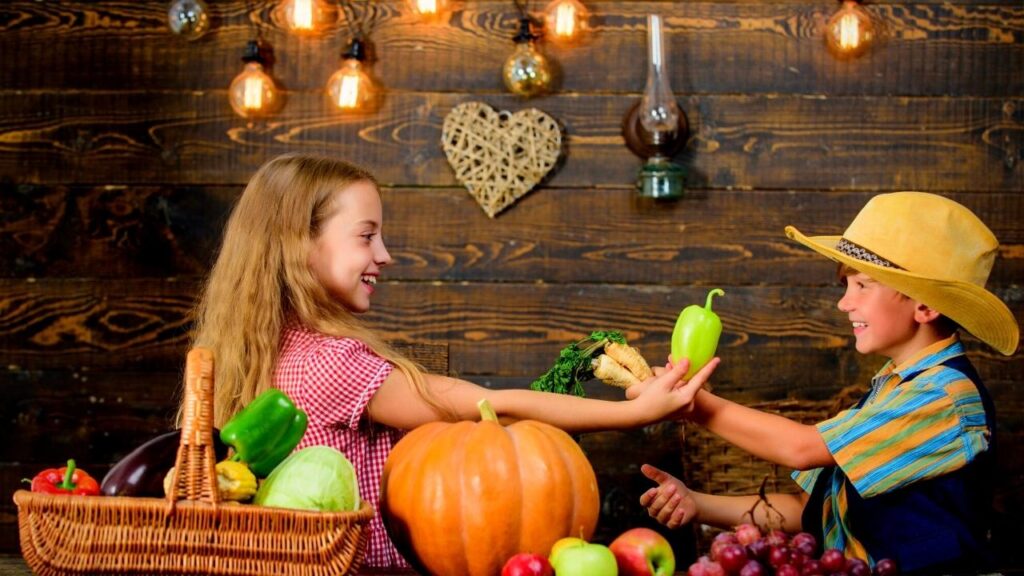
An additional problem I have noticed when getting people to connect with organic food and its source is the cost. It is so much easier to buy cheaper food from questionable sources rather than the more expensive organic options. Some believe that organic is unnecessarily expensive just because of a label. However, the best organic farms offer so much more in terms of animal welfare and environmental benefits and pro-organic supporters argue it is worth paying more for this quality produce to get those advantages. There are also calls for better subsidies for organic farmers to lower costs for a win-win situation.
Which foods are best organic?
A common reason for switching to organic food is the idea of avoiding chemicals, preservatives, and other methods that tamper with food. That is why it is so beneficial to get locally sourced meat and fish fresh from a supplier. In fact, local fish and shellfish are some of the cleanest and best organic options possible.
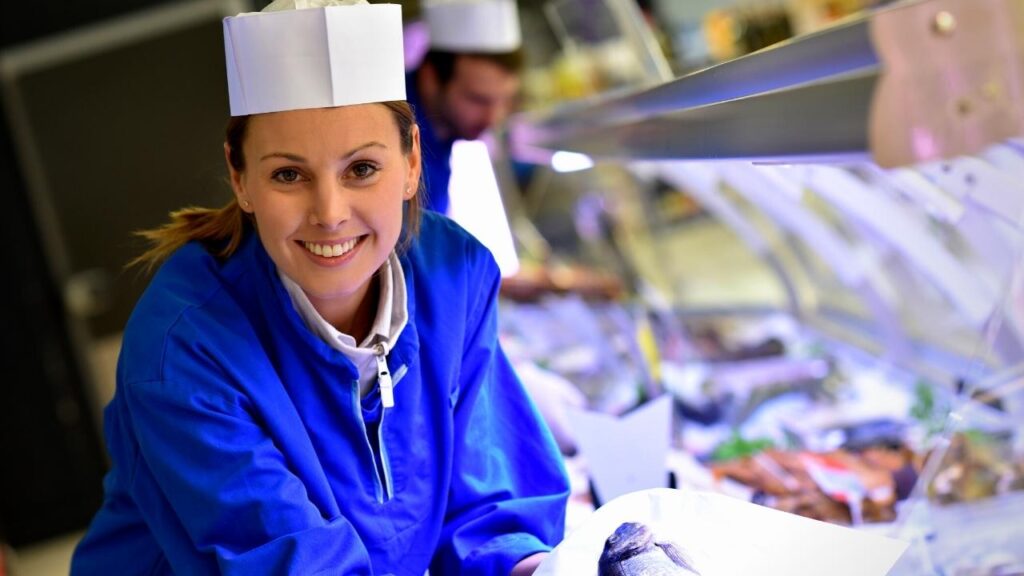
At the same time, we need to be aware of the “dirty dozen”. These are the foods in the UK found to have the highest levels of pesticides, and are therefore the riskiest. You can sign up at the PAN UK website for updated lists. Right now, there are a lot of common favourites such as spinach, grapes, apples, and strawberries. If this has put you off from buying them, you can either source organic alternatives or grow your own. Grapevines and apple trees in the garden are great sources of organic fruit and bring a lot of pleasure. It is also not too hard to grow your own strawberries or spinach. If you are worried about growing fruit and veg in your area’s climate, you could try sourcing polycrubs from Shetland or building your own polytunnel from recycled materials.
There is a lot to consider when going organic and trying to do so on a tight budget. I know it isn’t easy, so let’s start with the first of my tips.
How to bulk buy food and save cash
Bulk buying staple foods is a great way to lower some of your costs. There are many items created from crops grown by organic farmers that quickly become staples in our pantries. Pasta, rice, flour, and other dried “filler” ingredients for meals are easily bought in bulk to ensure we have enough on hand for family meals. While we tend to find that these organic versions are a lot more expensive than typical products, there are ways to cut costs.

One option that I really like is this scheme from Infinity Foods. You can check it out at Infinity Foods Wholesale. The idea here is that groups can club together to buy items in bulk and share them out. This is a bit like buying wholesale for a store and getting a cheaper deal, but just on a smaller scale. This is great for close-knit families and neighbourhoods happy to spread costs and ingredients between households. You just need to be into the same products for it to pay off. A bonus for those looking for organic and plant-based is that there are lots of vegan brands out there too.
How to find local and seasonal food
Buying produce when it is in season is a great idea for our menus, budgets, and the planet more generally. You should be able to find local food at a fair price, while also maintaining a good relationship with local farmers as they sell their harvest. In turn, we should find that we aren’t as reliant on produce created in artificial environments or on importing from other countries. I also recommend going seasonal to find new items you might not have tried before. You can diversify your options and broaden your horizons.
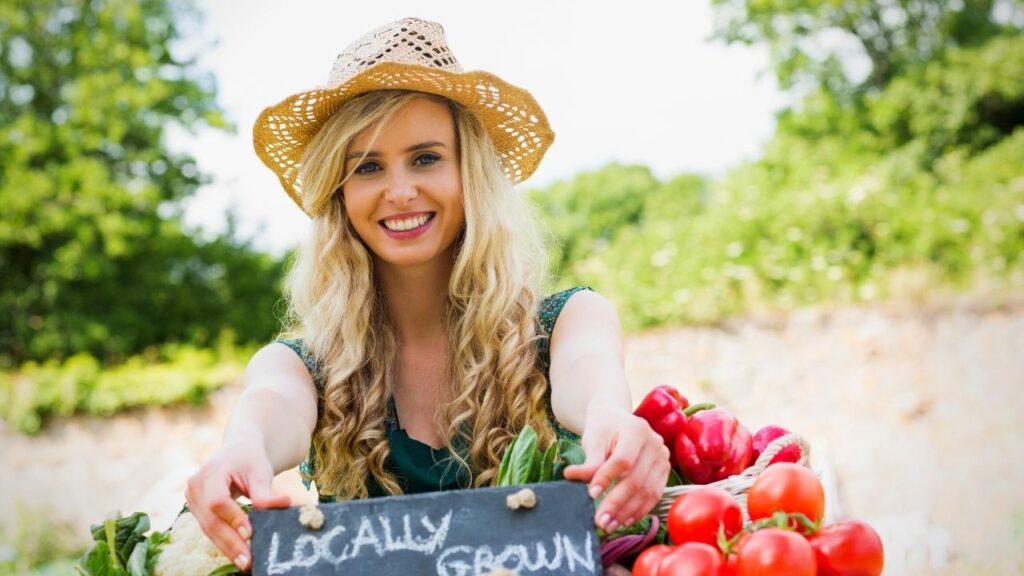
A good way to do this is through the Open Food Network, which launched in the UK in 2014. The idea behind this is that farmers are given an online tool with which to reach consumers over a wider network. This is a great solution for farmers looking to sell their produce directly to consumers and to those of us keen on organic stock straight from the source. You can find all kinds of options here via the online shops, which should all have great payment and delivery options.
Get acquainted with The Soil Association
You probably know about the Soil Association through the logo on organic food and other goods. This is a great sign to look out for to ensure that you are getting quality organic food that meets high standards. However, did you know that Soil Association members also receive coupons and discounts? I recommend this as a little extra way to get a bargain on quality items.
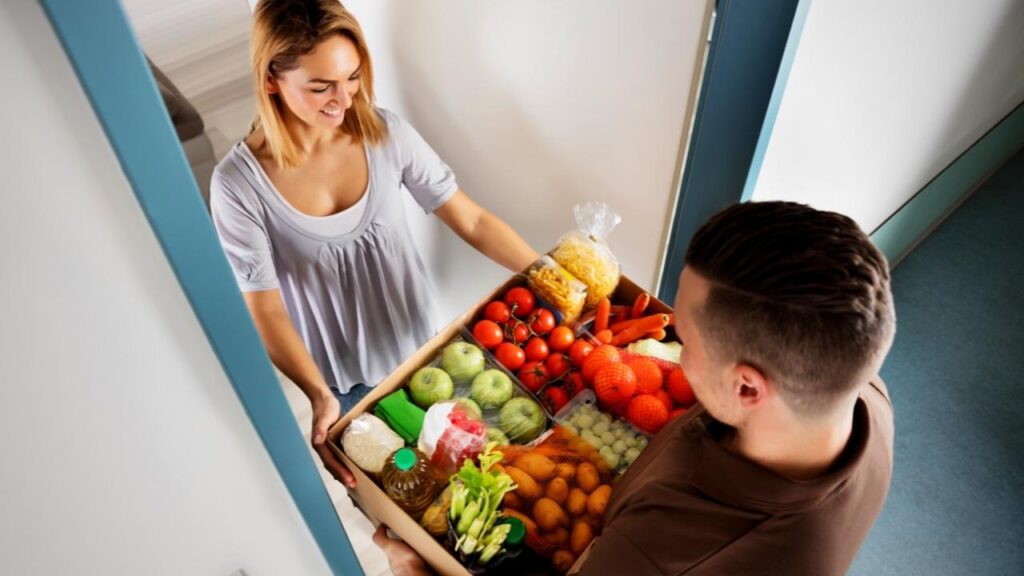
What foods are okay to eat non-organic?
Earlier, I talked about the “Dirty Dozen” in the world of fruit and veg. Well, the good news is that there is also a “Clean Fifteen”. These are fifteen items generally found to be the cleanest around when it comes to pesticide and herbicide-free produce. If you can find these at a good price you shouldn’t have so many health concerns.
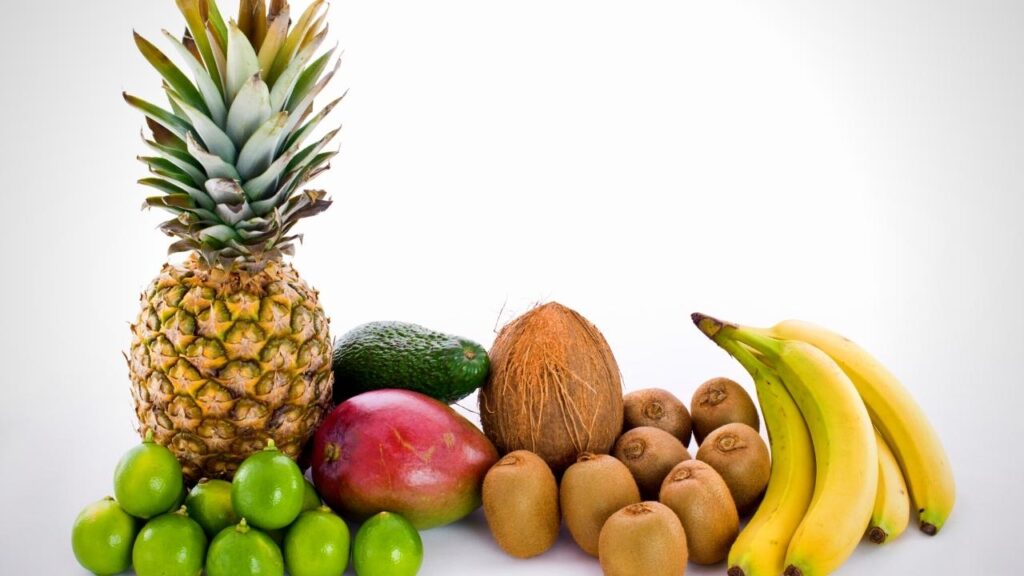
Luckily, there are lots of everyday items like sweetcorn, cabbage, onions, frozen peas, and cauliflower on the list. Common favourites like avocados, aubergines, and sweet potatoes are there too. Clean fruits include pineapples, cantaloupe, grapefruit, mangoes, papayas, and kiwis.
How to wash fruit and vegetables
With all this talk about clean and dirty food, I want to highlight some more tips. The first is for buying clean fruit and vegetables. If you are fearful of chemicals, anything with a rind is always going to be cleaner even if it isn’t organic. That peelable skin offers a lot of protection.
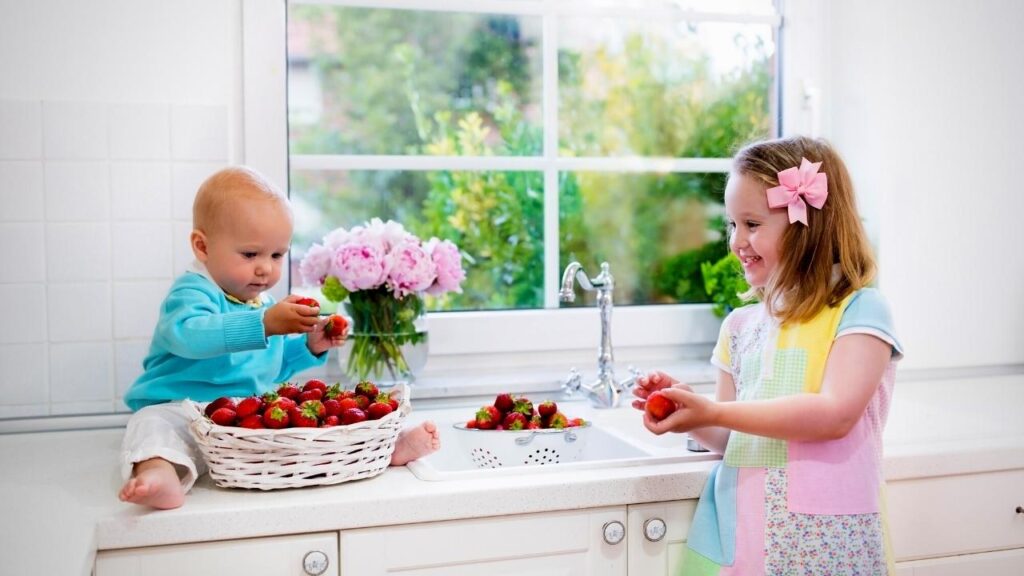
Then there is the option of veg wash, which you can find at veggiwash.co.uk. I get that some people aren’t content with rinsing fruit and veg in case there are still chemicals left behind. This natural solution is a great alternative because it goes deeper to remove all traces of dirt, germs and chemicals. What I especially like about this brand is that you can get a larger pump dispenser, a bottle of concentrated solution, and keep refilling with a diluted substance. It is a great sustainable and reliable option. If you prefer, you can also get a pre-mixed trigger spray or some cleaning wipes for convenience.
Why you should consider shopping around
We know from food shopping in supermarkets that we can save money by taking advantage of deals across different stores, rather than doing one big shop in a supermarket. The same is true with buying organic food. So, consider trying a combination of the following:
a) the supermarket
b) the local grocer
c) direct from local suppliers
d) online stores
A grocer is a great alternative to the supermarket for local produce and some good deals. Perhaps you have a fruit and veg seller that knocks down their prices at the end of the day. These friendly neighbourhood greengrocers aren’t the common sight that they once were. But, those that prevail do so because of good customer service and a relationship with suppliers.
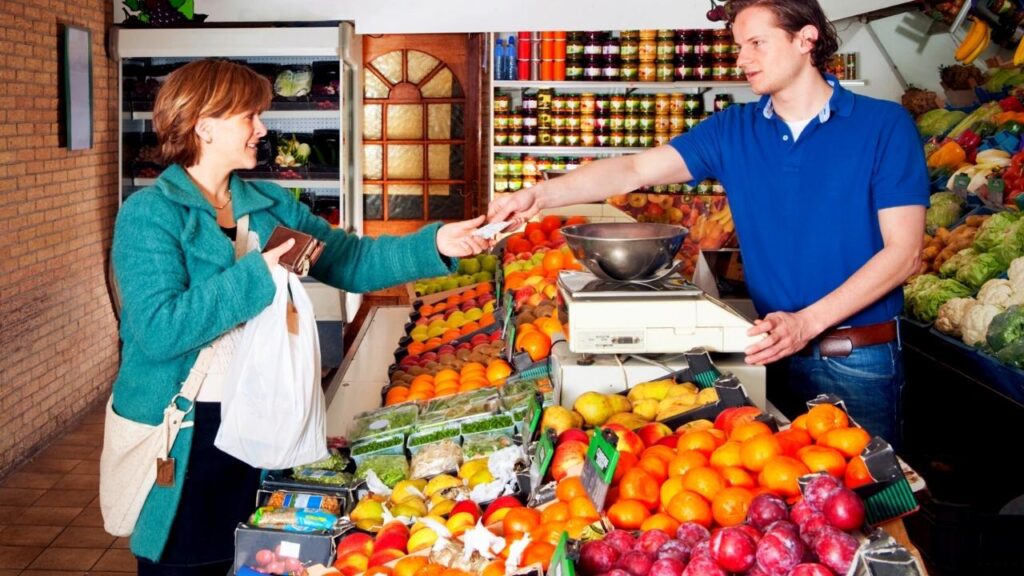
On that note, a common problem with fruit and vegetables in big-chain supermarkets is their origin. Can you be sure that it came from a pesticide-free farm and eco-friendly local supplier? That’s what we’d like to believe, but it may be an import with a lot of air miles from across the continent. Another benefit of grocers is that they are often less concerned with sell-by dates and funny looking vegetables too. You can get a wonky carrot or two at a good price.
If you like the idea of going direct to suppliers, why not try the organic box scheme. This is a great way to do away with those middlemen and get some delicious local produce straight to your door. This takes us back to my point about seasonal produce too, and this is a good way of getting access to in-season items. In addition to these vegetables and fruit, you should also find meat and dairy products.
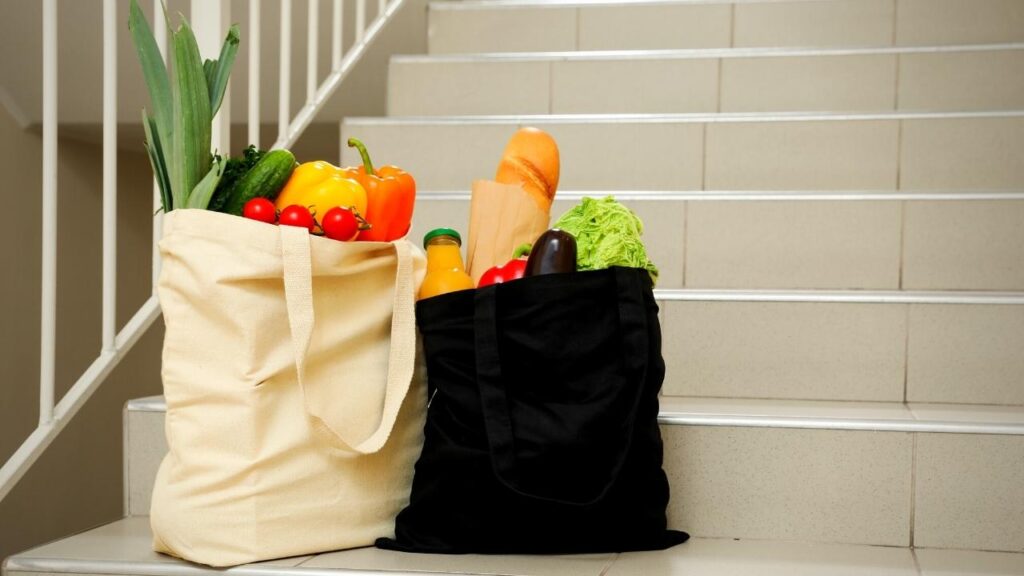
Then there are the online stores for easy access to good deals. I am a fan of Goodness Direct, Ethical Superstore, and Planet Organic. I would also recommend checking out some of Amazon’s money-saving offers. I know Amazon isn’t the best option for local produce, but they do have a subscribe and save option for repeat purchases. So, a hard-to-find or expensive ingredient could become a lot cheaper over time.
Goodness Direct is a great online store for organic goods. They make it really easy to search for organic and vegan options, while also offering their recommended deals on key brands. I also like their clearance and sale section as a quick way of getting to the bargains. Ethical Superstore is similar, with a broad range of food and household items on offer. They are keen to provide eco-friendly alternatives across the board, making them something of a one-stop-shop for greener lifestyles. As for Planet Organic, they focus more on being a supermarket with an emphasis on organic options. They always have lots of ways to get offers and make easy payments to make things easier.
Buy better quality meat and fish
I’m not going to say that you have to go vegetarian or vegan to get the most cost-effective organic meals, because that isn’t the case at all. However, there are environmental and financial benefits to being a little more selective with the meat and fish you buy. You are going to find better quality local organic meat from farmers and butchers than supermarkets. You may also have fishmongers nearby with sustainable fresh catches. Spend your money on good meat for a Sunday roast and a fish dish in the week rather than lots of cheap cuts.

If you are concerned about your protein intake, you can look at ways of bringing more pulses, such as lentils into your diet. Pea protein is also a great option available in many forms. You can also try protein shakes to boost protein levels on the go.
Make good use of your freezer
Freezing meals is a great way to save money long-term on better-quality ingredients. A big concern for families is that we buy lots of vegetables, meat, and other perishable goods and then sometimes don’t eat them in time. This food waste is bad for the wallet and the environment. Freezing food, where it is suitable, can prolong the life of both ingredients and the meals you make. You could buy some meat, split it between the fridge and freezer, and defrost the frozen lot later on to save money.
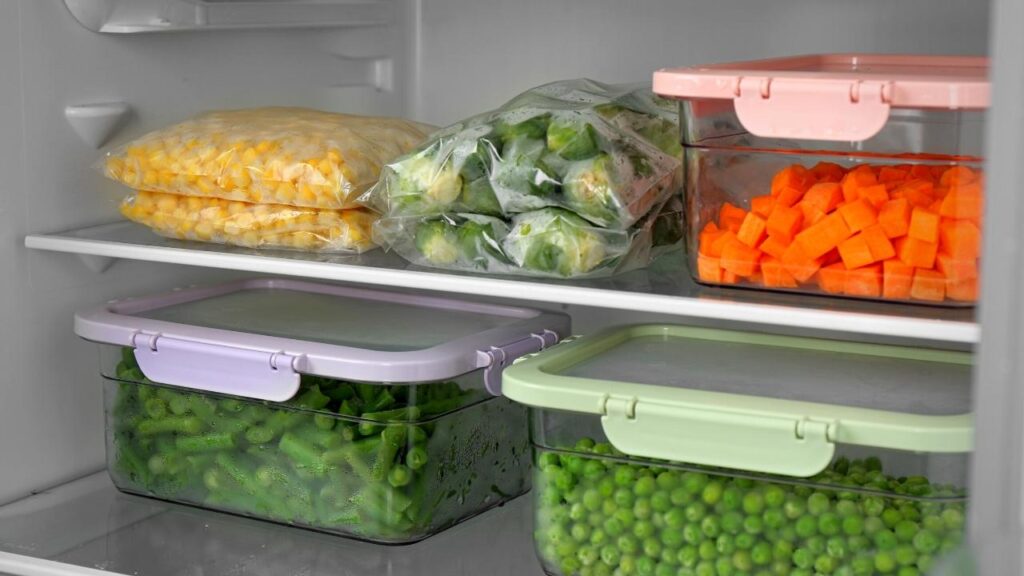
One thing I will add, however, is that it helps to freeze fruit and vegetables as soon as possible after picking them. This is a good way to preserve a good harvest from the garden, such as a large crop of berries or root vegetables. The sooner you do so, the easier it is to lock in the nutrients and flavour for the best-tasting dishes.
Create a meal plan
Meal planning is useful if you want to get into the idea of making better use of food and freezing meals. Come up with a list of everything that you can make over the week with the ingredients you have in mind. Do your best to make full use of fresh ingredients in different ways, even if it means making something and freezing it for later in the week.
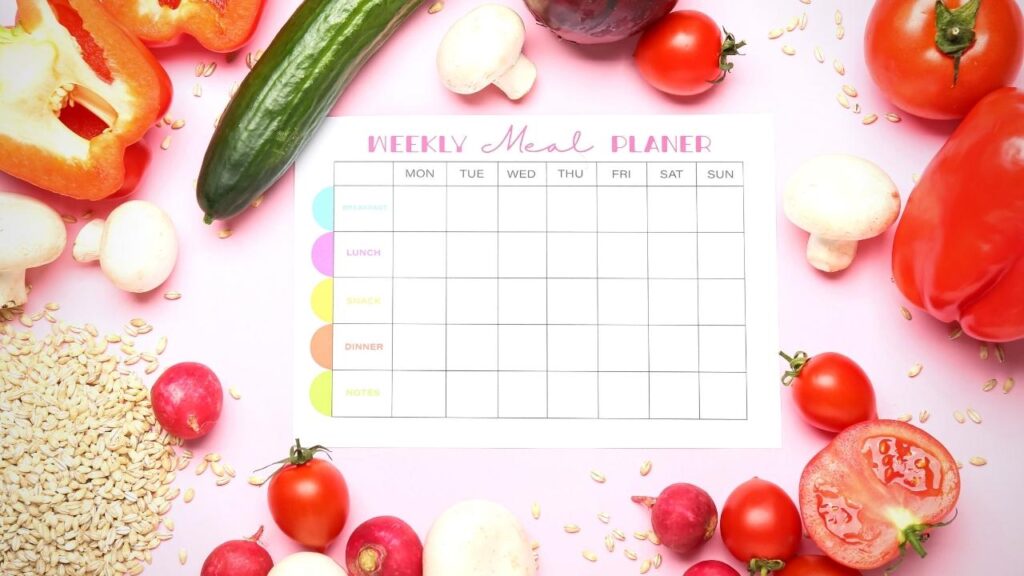
For example, let’s say you can get a large supply of quality meat in a bulk buy from one of those online retailers. That only helps if you can use all that meat in effective and interesting ways. Think of different recipes you can try where it doesn’t seem like you are repeating yourself. Also, you might find recipes for juicing or sauces that call for half of something. The best option here is to make double the amount to use the whole fruit, and store the remainder for later in the week.
You can always grow your own
Growing our own food is a great way to cut costs when money gets really tight and those budgets stretch too thin. I appreciate that many people will love to continue paying out for box schemes and other treats every month, but some can’t commit to that. So, growing your own food is a good way to cut down on all the things you need to get in those weekly shops and boxes. As you know from my section on natural gardens, I love being able to celebrate a good herb and kitchen garden. These plots are perfect for growing organic fruit and vegetables with the help of some of the tools mentioned before. You have full control over the use of pesticides and chemicals and what types of products you want to try.
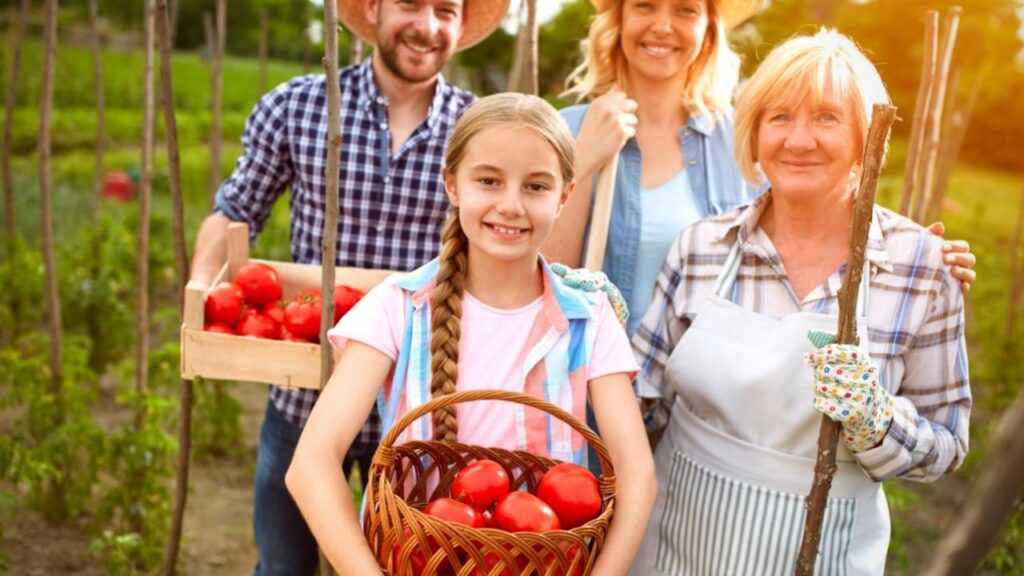
I also recommended considering keeping chickens, if you have the resources with which to do so, as this is a great ethical way to get your own cost-effective egg supply.
Smart organic food shopping
While there is no doubt that organic food can get a little pricey at times, there are some great tricks that you can use to help keep the costs down. Smart shopping from the best schemes and suppliers can go a long way, as can the way that you prepare and store your meals through effective meal planning. Think about your options and be prepared to try something new for a better bargain.
Hopefully, these little tweaks to your approach and weekly food shopping will prove cost-effective, and you can make good use of these schemes. Don’t forget to check out my other guide, is organic food better for your health, for more tips on an organic diet.
Leave a Reply